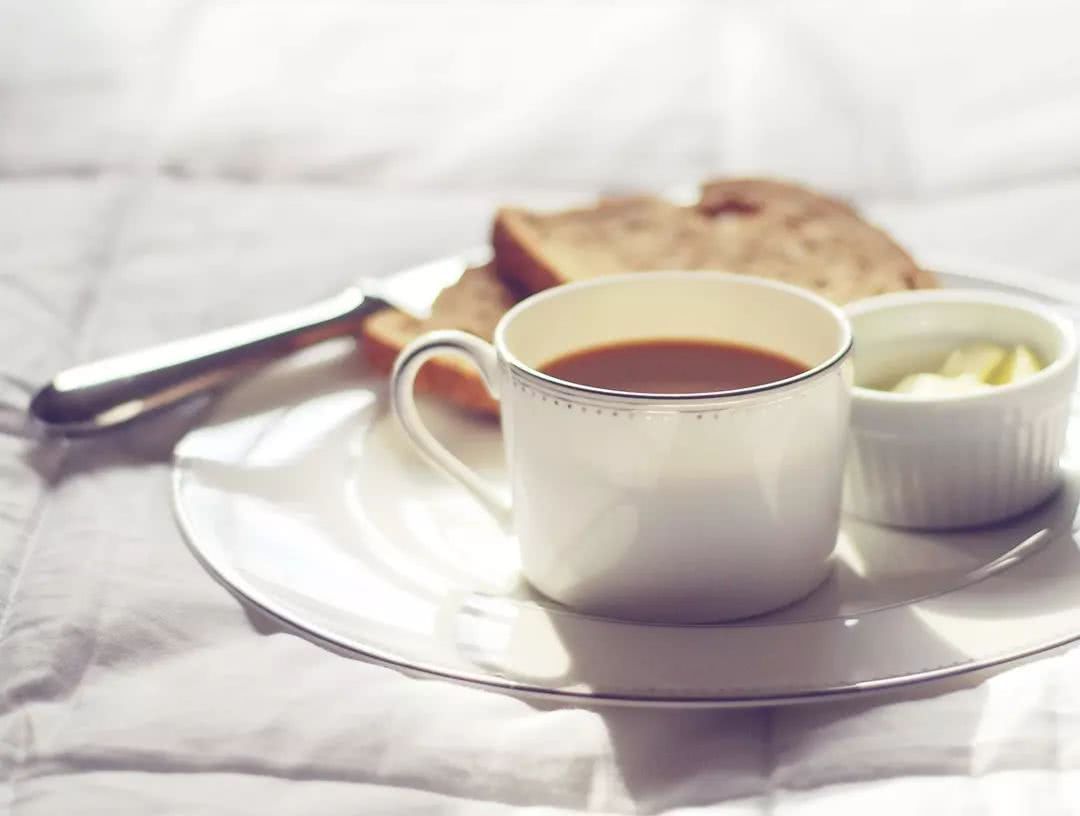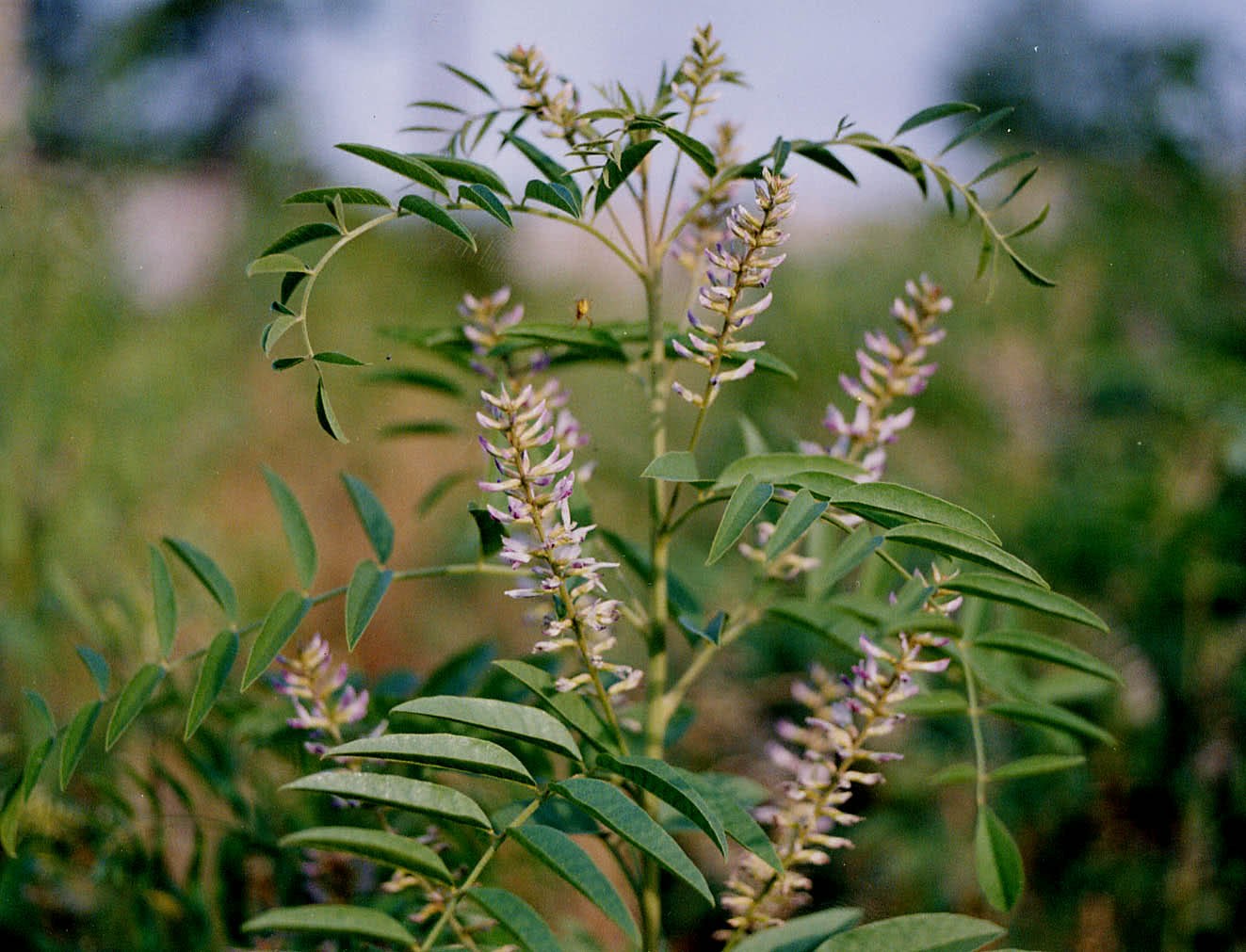This kind of flower has jasmine fragrance and three colors bloom for more than 300 days.

Bicolor jasmine, also known as mandarin duck jasmine, is a flower of the genus jasmine in the Solanaceae, which has nothing to do with jasmine. Two-color jasmine flowering is more interesting, the flowers are dark blue at the beginning, then become light purple, and finally become white, different flowering time, in the same plant, you can see a variety of colors, very beautiful.
"
Bicolor jasmine. "
Bicolor jasmine is native to America. It is named bicolor jasmine or mandarin duck jasmine because it smells jasmine from afar and a plant has many colors. Two-color jasmine florescence twice a year, the first time in early spring, more and fragrant flowers, the second in the golden autumn, fewer flowers. But if it is well managed and there is enough fertilizer, it can be opened once a month from March to October. Bicolor jasmine is fragrant and beautiful, it is a good potted product.
-soil-
Two-color jasmine can be maintained with loose, breathable, well-drained slightly acidic soil, generally mixed with garden soil, rotten leaf soil, coarse sand and appropriate amount of organic fertilizer, and can turn the basin once a year in spring.
Watering-
Two-color jasmine likes a humid environment, dry and wet can be seen during the growing period, but it can not be too wet for a long time or stagnant water. Two-color jasmine will rot if it is not resistant to waterlogging. When it is hot in summer, spray on the leaf surface for 2 or 3 times and sprinkle water around it to increase air humidity and lower the temperature. When the temperature decreases in autumn and winter, watering should be controlled, the basin soil is dry and it is easier to pass the winter. After each flower shedding, the control of watering when the new shoot grows to about 3 cm can promote flower bud differentiation and is conducive to monthly flowering.
-fertilization-
Bicolor jasmine is more fond of fertilizer and can usually be fertilized every 10 days or so, mainly phosphorus and potassium fertilizer, and can also be combined with watering to spray 0.2% potassium dihydrogen phosphate to the leaves to promote flower bud differentiation. If there are symptoms such as yellow leaves caused by chlorosis, ferrous sulfate solution should be added. After each flower fade, it is necessary to apply sparse cake fertilizer and water once to promote its rejuvenation. Stop fertilizing in winter to help you survive the winter safely.
-temperature-
The two-color jasmine is not cold-resistant, and the suitable growth temperature is 20-30 ℃. At this temperature, the branches and leaves flourish and grow exuberantly. The growth will stop when the winter temperature is lower than 10 ℃. Enter the room in time in winter, at least above 0 ℃ to avoid frostbite.
-Light-
Bicolor jasmine likes sunny environment, the light time can not be less than 4 hours a day, so as to ensure blooming. Avoid scorching sun exposure, summer needs proper shade. Too much sun exposure, flowers and leaves are easy to curl.
-methods of reproduction-
Bicolor jasmine can be sown, cut and striped to propagate.
Two-color jasmine can be sowed throughout the year as long as the temperature is right. The seeds are first germinated and soaked for 12 to 24 hours. After the seeds are absorbed and expanded, they are placed in a loose and drained basin soil, covered with a thin layer of soil, and the soil is sprayed with moisture, waiting for germination.
Two-color jasmine cutting can be carried out in late spring or early autumn, select the branches of the current year, cut into 5-15 cm long segments, each with more than 3 leaf nodes. Insert it in coarse sand or vermiculite particles and keep it moist at about 20 ℃. It can take root in 2-3 months.
It can also be propagated by pressing, and it can take root in about 4-6 weeks.
Bicolor jasmine is beautiful.
It's a good potted flower.
If you like it, you can have a pot.
Show it to the flower friends who need it!
- Prev

Nine coffee machines give away free coffee from this star. Dad's coffee will no longer tempt you.
One afternoon, playing a favorite music, a book, a dessert and a pot of coffee is the perfect way for many people to relax alone. According to 2016 statistics, Americans drink an average of 363 cups of coffee a year, South Korea.
- Next

This kind of grass is commonly known as the peacemaker who can cure the poison of all kinds of herbs. the value of this grass is extremely high and it is almost dug out in the wild.
It can be said that all kinds of weeds are the most common in the countryside, some of which can be named, while others are basically unknown. In the culture that our country has passed on for thousands of years, many weeds are treasures. In ancient times, Shennong tasted all kinds of herbs and helped people in ancient times.
Related
- Wuhan Hospital Iron Tree Blooming Result Was Instantly Frightened by the Gardener Master
- Which variety of camellia is the most fragrant and best? Which one do you like best?
- What is the small blue coat, the breeding methods and matters needing attention of the succulent plant
- Dormancy time and maintenance management of succulent plants during dormancy
- Minas succulent how to raise, Minas succulent plant pictures
- What are the varieties of winter succulent plants
- How to raise succulent plants in twelve rolls? let's take a look at some experience of breeding twelve rolls.
- Attention should be paid to water control for succulent plants during dormant period (winter and summer)
- Watering experience of twelve rolls of succulent plants
- Techniques for fertilizing succulent plants. An article will let you know how to fertilize succulent plants.

